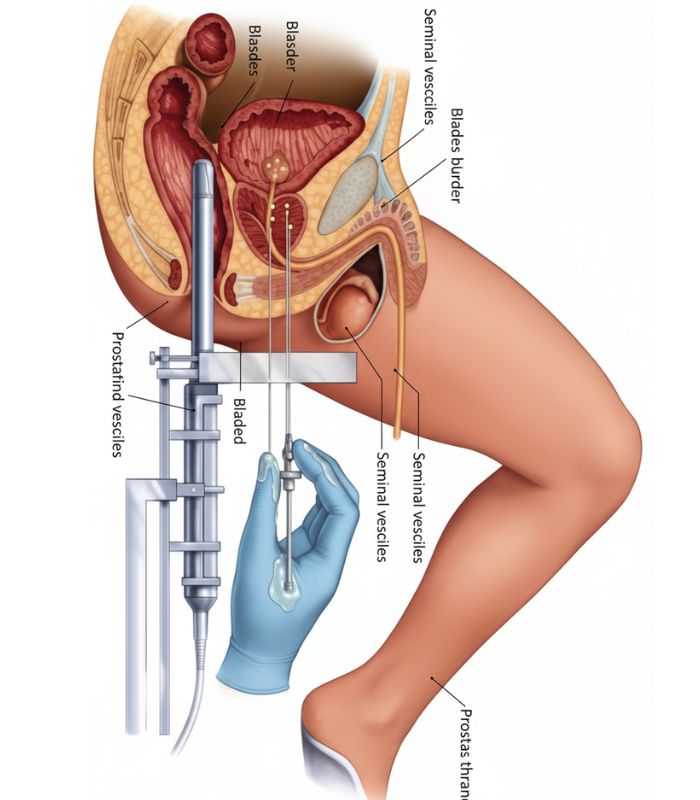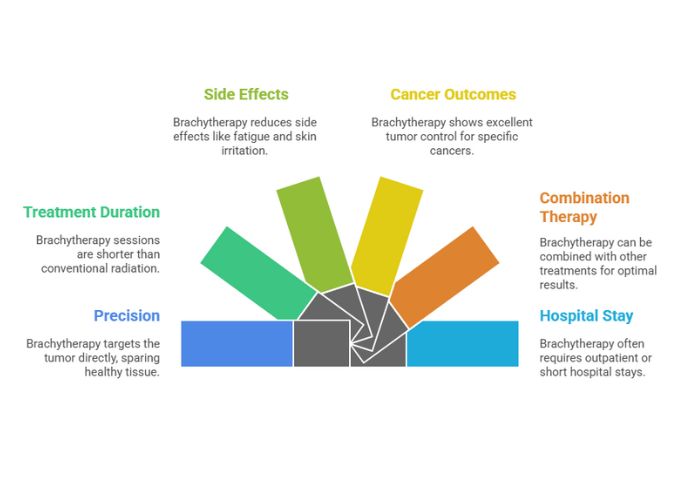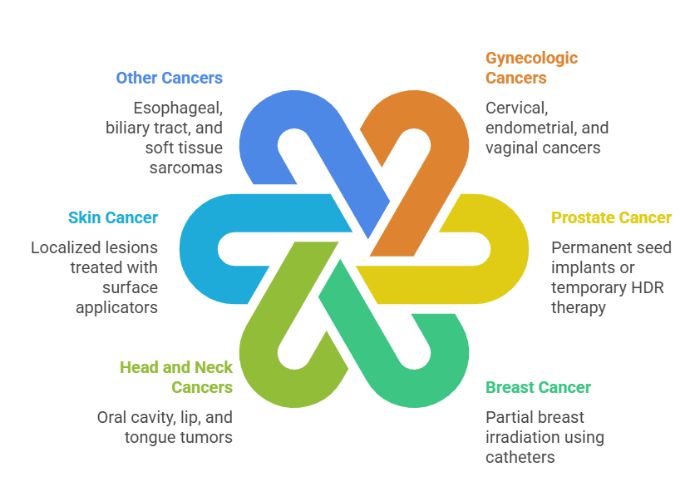How It Works
- Insertion of Radioactive Sources: Radioactive sources are inserted using catheters, applicators, or seeds, depending on cancer type.
- Targeted Radiation Delivery: High-dose radiation is delivered directly at the tumor site, while nearby healthy tissues are spared.
- Treatment Duration: Duration varies—minutes for high-dose-rate (HDR) or days/weeks for low-dose-rate (LDR) therapies.
 English
English Hindi
Hindi.png)



